Esophageal Manometry is a test that helps doctors measure the force and coordination of your esophagus. Here’s what you need to know about the test.
When it is used
Esophageal Manometry tests whether your esophagus is working correctly. Your esophagus is a smooth muscular tube that pushes food and liquid from the mouth to the stomach. Every time you swallow, your esophagus contracts and helps move everything to your stomach. Your esophagus can have trouble functioning correctly if you have certain disorders.
There are a few scenarios in which this test may be used. If your primary symptoms are pain while swallowing or a difficulty swallowing, your doctor will likely recommend other testing (like an Upper Endoscopy). Your doctor may recommend you undergo Esophageal Manometry if you present symptoms that could be due to an esophageal disorder. These disorders include Scleroderma, Achalasia, and diffuse esophageal spasms. Additionally, if your doctor is considering surgery to treat your GERD, esophageal manometry can help diagnose Achalasia or Scleroderma, both of which can’t be treated surgically. Also, if you are experiencing chest pain unrelated to your heart and are unresponsive to GERD treatment, this test can help identify the cause of the pain.
Preparing for Esophageal Manometry
You should not eat or drink during the 6 hours before the test. This is because an empty stomach helps your doctor perform the safest and most effective test. Additionally, you should discuss any medications you are taking with your doctor. Some medications can affect esophageal pressure, and should be discontinued before the test.
During the test
You will not be under a general anaesthetic during the testing. However, a topical anaesthetic will be used in your nose and a numbing spray will be used in your throat. Your doctor will pass a thin tube (catheter) through one of your nostrils and down into your esophagus. You may gag briefly as this happens. Once the catheter is placed, you may be asked to lie on your back. Next, you will swallow small sips of water as directed by your doctor. The catheter will help measure the pressure your esophagus exerts as you do this. You will need to breathe slowly and smoothly during the test, remaining still and following your doctor’s instructions. The test takes around 30 minutes in total.
After the test
Following the test, there are a few mild symptoms you may experience. These include a sore throat, a nosebleed, and a stuffy nose. These should resolve in a few hours. You can immediately resume normal activities after your testing, unless your doctor tells you otherwise. If you experience any lasting or unusual symptoms, contact your doctor.
Side effects from Esophageal Manometry are very rare. These include aspiration, an irregular heartbeat, and perforation of the esophagus.
Our experienced team at GHP has years of experience performing Esophageal Manometry. We can help establish the best plan of care for your situation. Contact any of our office locations to learn about the options we offer and schedule an appointment today.



